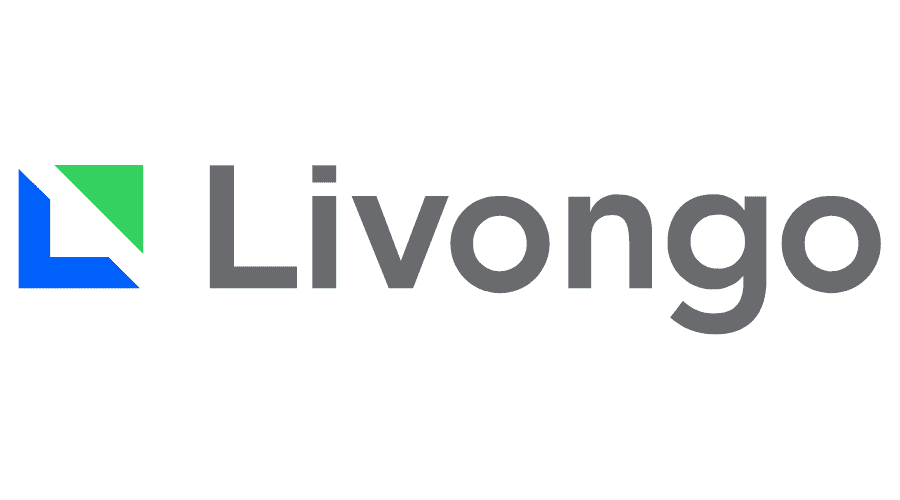The coronavirus pandemic quickly upended health care delivery models in the United States with a shift toward telehealth that occurred virtually overnight. Some people remain fearful of going to hospitals and even doctors’ offices due to the risk of exposure and are instead turning to digital means of obtaining care. While some uncertainty still exists about what health care delivery will look like after the pandemic, telehealth has emerged as a viable option moving forward. Moreover, the pandemic will likely continue to cause disruptions in health care delivery for years to come as a vaccination is created and then administered to a sufficient number of individuals to stop the spread of the virus. In the meantime, companies are continuing to expand their digital health care offerings. The growth in this segment is exemplified by the recently announced merger of Teladoc and Livongo.
The Teladoc-Livongo merger represents an $18.5 billion deal that will improve both companies’ ability to deliver a full range of virtual health care services. Teladoc has emerged as one of the pioneering virtual health care companies, and Livongo has invested heavily in hardware and software that can help to monitor and manage chronic disease. The merger of these two companies will create more opportunities for health care providers to manage conditions remotely without the fear of overlooking important yet subtle changes in patients’ well-being. While the deal is not yet complete and will need to be approved by shareholders, the mutually beneficial merger will likely be finalized by the end of the year.
Improved Care for Patients Through the Merger

Analysts in the digital health care sector view the merger as a major step forward for virtual care and one that is necessary given the coronavirus pandemic. The merger represents a drive to improve access to quality care, particularly among vulnerable populations. Currently, Livongo members communicate with health coaches who possess a limited scope of practice and are unable to refer them to physicians when necessary or treat some of the other acute or chronic issues a person may have. The merger with Teladoc makes it possible for Livongo members to close the gap between their health coaches and their own physicians so that all treatment plans and prescriptions come from a centralized service.
Moreover, Teladoc also benefits from this new deal. Livongo has developed a robust Applied Health Signals program to offer advanced analytics to its members. This information gives providers deep insight into patients’ well-being and promotes the more effective management of chronic health problems and more personalized approaches to treatment, even when undertaken remotely. The Livongo MyStrength system also promotes mental health, which has become increasingly important due to the isolation caused by the pandemic. Mental health often ties in very closely with physical well-being. Currently, Teladoc provides mental health capabilities, and the MyStrength offering from Livongo will help to promote more proactive engagement with patients.
The Potential for Growth in the Digital Sector

From an investment perspective, the news has generated a lot of activity. Livongo shares rose shortly after the merger announcement, although both companies then saw a modest drop in share price. Both Livongo and Teladoc stocks have shown strong gains throughout 2020 with investors suspecting that demand for the services they provide will only continue to grow. In fact, both companies have appeared on lists of the best stocks in the digital health market for 2020. Teladoc has increased more than 150 percent in value this year, and Livongo has shown more than 400 percent growth. Projections show that the new combined company will have pro forma revenue of about $1.3 billion for 2020 with pro forma growth of 85 percent. Revenue synergies of about $100 million are expected by the end of 2021 with a run rate basis of $500 million by 2025.
The proposed merger is the largest in the history of the digital health sector. While this sort of deal is exciting, it could also have a resounding effect on the larger market. The combination of these two companies that already have significant market share could make it potentially more difficult for smaller organizations to survive. The new company could dominate the market through new deals with insurers and even providers. In order to survive, smaller companies may feel the pressure to complete their own mergers and acquisitions in order to have a fighting chance of maintaining any share of the market. In the months to come, it would not be surprising to see a flurry of activity in the digital health arena. Importantly, these new partnerships could drive some creative and interesting solutions for the digital health sector.
The Future of the Digital Health Care Sector
Some large corporations, such as Amazon, have talked about sparking a revolution in health care that could improve value while reducing costs. The path forward for this is likely through digital health care delivery, and this merger could be the first one to really deliver on that goal. Telehealth visits are generally lower in cost than more traditional office check-ups, and the inclusion of health maintenance in the entire system makes the new organization appealing to patients, who receive more affordable and centralized care. Moreover, insurance carriers could reduce their overall spending by opting for digital care with less overhead.

